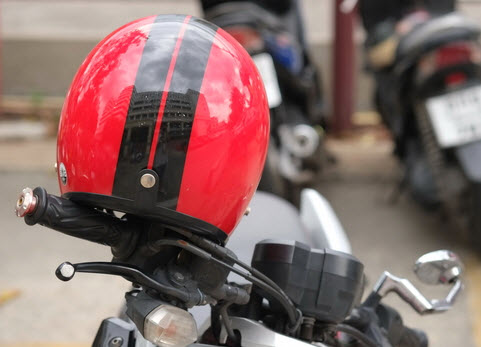In some areas of the country, motorcycle-vehicle collisions are very rate during the winter months. But in the Sunshine State, it’s almost always warm enough to ride. These riders risk serious injury every time they go out.
In fact, motorcycle riders are about twenty-nine times more likely to die in roadway crashes than four-wheel vehicle occupants. When a 4,000-plus pound car smashes into a 400-pound motorcycle during a medium or high-speed wreck, the force usually catapults the rider off the bike. In lower-speed collisions, the rider is often crushed by the weight of the other vehicle.
Motorcycle Crash Liability Theories in Orlando
Over half of the motorcycle crashes in Florida either involve alcohol or a failure to look. In these cases, the negligence per se rule usually takes effect. This doctrine eliminates the need for victim/plaintiffs to prove all five elements of a standard negligence case. Instead, the jury must only find that:
- The tortfeasor (negligent driver) violated a safety law,
- That violation substantially caused the victim/plaintiff’s injury, and
- The statute was designed to protect people like the victim/plaintiff.
There may be a significant difference between alcohol and failure to look in Florida. In many jurisdictions, negligence per se is absolute proof of negligence if the tortfeasor violated a criminal law. But if the tortfeasor committed a traffic infraction, negligence per se may only create a presumption of legal fault.
Furthermore, the tortfeasor may argue that the legal violation was not the substantial cause of the car crash. This argument is called contributory negligence, and it is outlined below.
Motorcycle crashes are usually exempt from Florida’s no-fault insurance law. So, most victims are entitled to compensation for their medical bills and other economic losses, along with their emotional distress and other noneconomic losses. In extreme cases, additional punitive damages may be available.
The Role of Contributory Negligence in Florida Motorcycle Crash Claims
Insurance company lawyers often try to blame motorcycle crash victims both for the collisions themselves and for the injuries they sustain.
Assume that, in a failure-to-look case, the motorcycle rider was also speeding. Insurance company lawyers always jump on information like this. But to use the speeding as evidence of contributory negligence, the defendant must usually first convince the judge that the rider’s velocity was a contributing factor. If the rider was only travelling a few miles per hour above the limit, a judge probably won’t allow the argument to proceed to the jury. However, if that’s not the case, the jury must apportion fault between the two parties based on their percentage of responsibility.
Florida is a pure comparative fault state, so even if the tortfeasor was only 1 percent responsible, the victim/plaintiff still receives a proportional share of damages.
As in most other states, failure to wear a motorcycle helmet in Florida may reduce the victim/plaintiff’s damages. But for that to happen, the insurance company must establish that the failure to wear a helmet substantially caused the victim/plaintiff’s injuries. It’s not enough to simply introduce some safety statistics and shame the victim for riding helmetless.
Contact Aggressive Attorneys
Motorcycle-vehicle crashes usually cause serious injuries. For a free consultation with an experienced personal injury lawyer in Brandon, contact Reed & Reed. We have four area offices (St. Petersburg, Lakeland, Tampa, and Clearwater).
Resource:
iihs.org/iihs/topics/t/motorcycles/fatalityfacts/motorcycles

